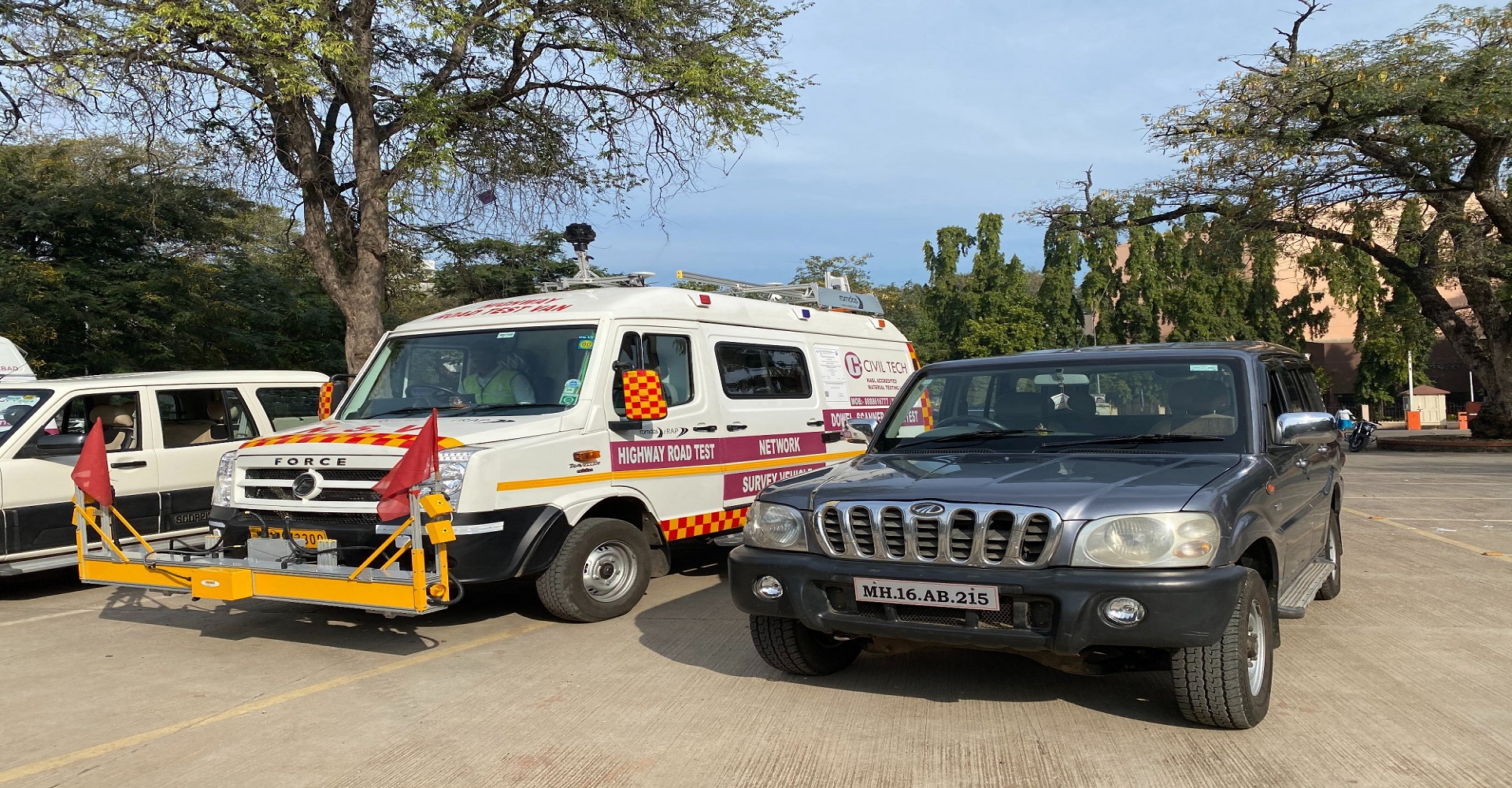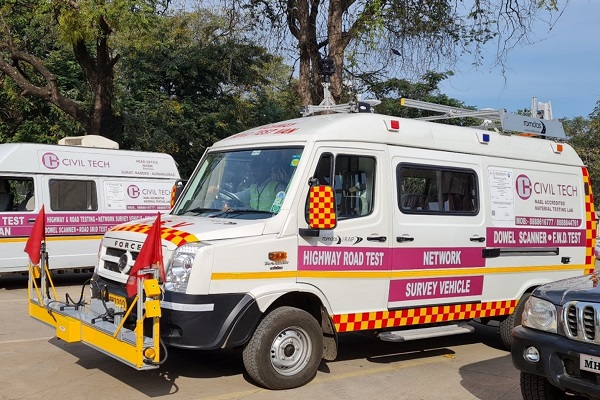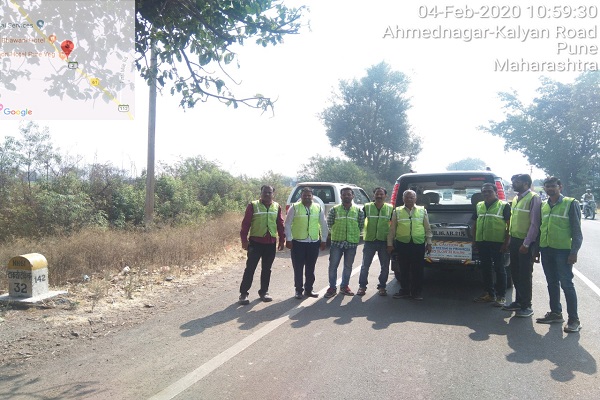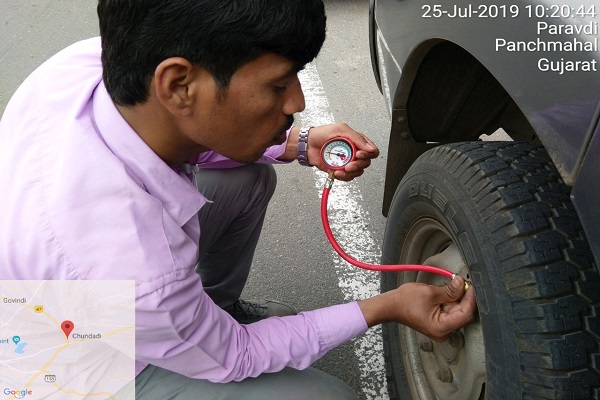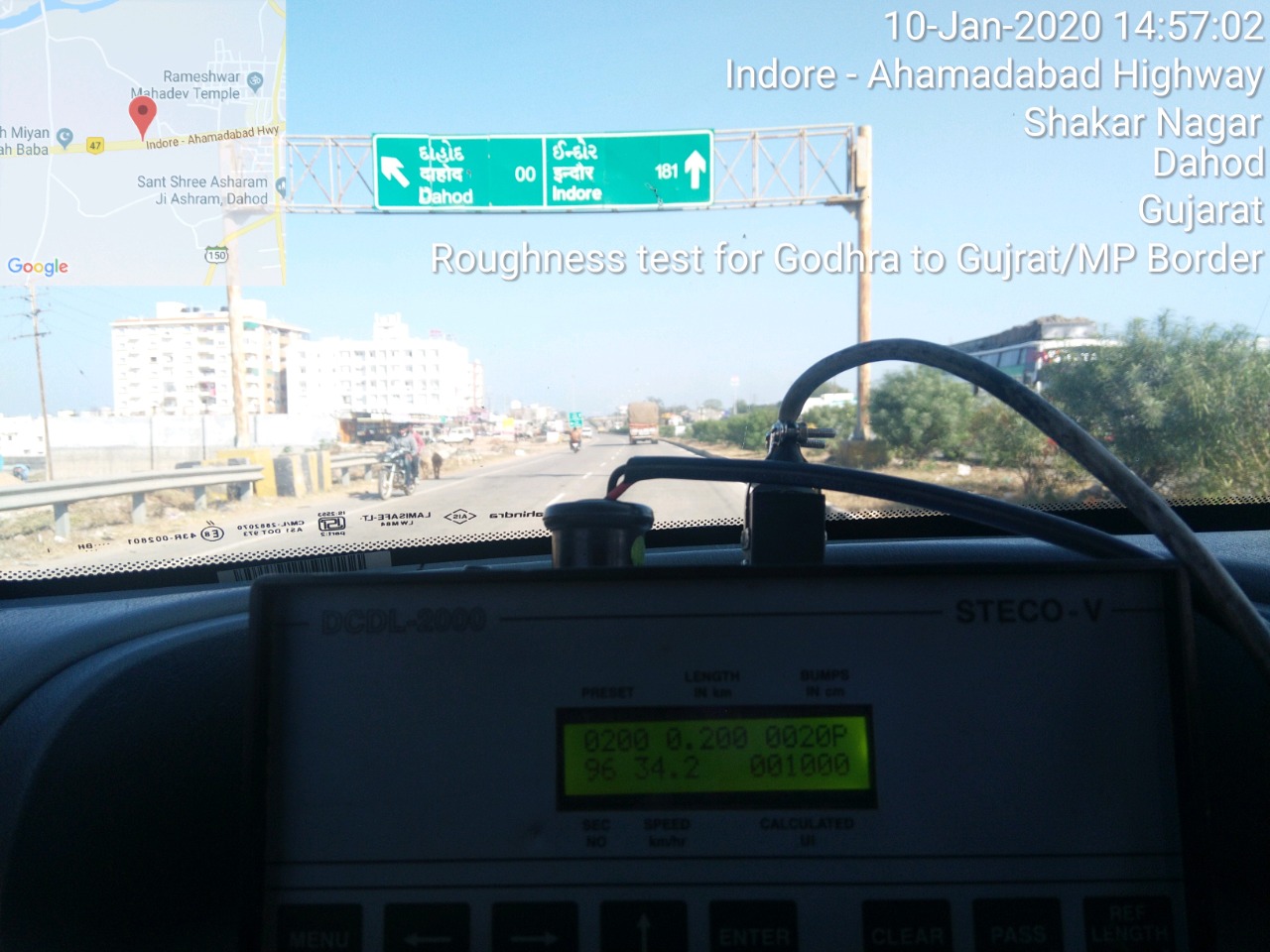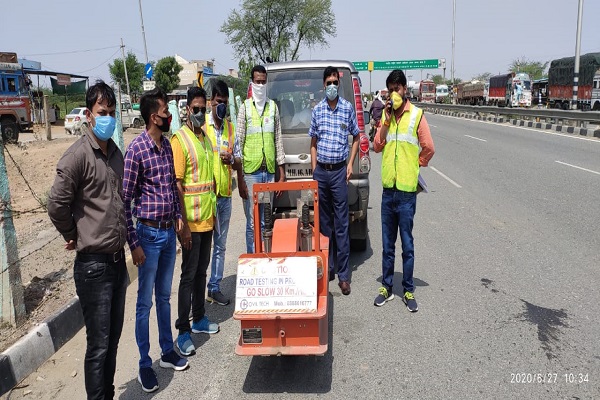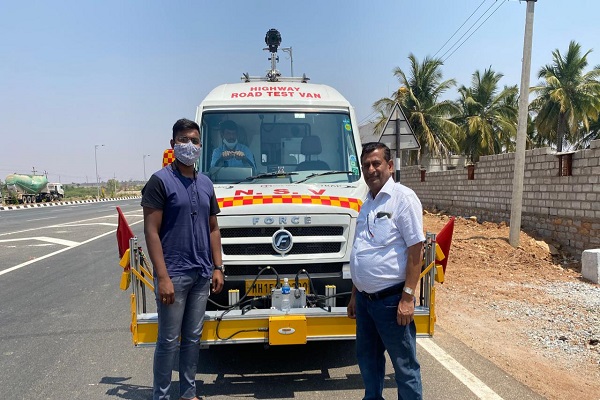As Per IRC SP 16 : 2019
Civil Tech provides Roughness Index Test Services, which are done to determine the suitability of a surface for a particular purpose. To find out smoothness of the pavement, to provide the comfort and its safety to the road user.
Available units for the Test :
1. Laser Profilometer : Class I unit using laser as per ASTM standard useful for Express ways.
Laser Profilometry is a non-contact, non-destructive testing technique used to scan and map the surface of an object. Laser profilometry is often used as a follow-up procedure to in-line inspection to help validate any material degradation and road profile.
2. ARUR : Car mounted Bump Integrator - Class III equipment.
The Car Axle Mounted Integrator consists of a bump integrating unit as provided in the Fifth Wheel Bump Integrator. The integrating unit is fitted with the rear axle and mounted in the rear portion of the car or rear floor of a jeep.The differential movement between the rear axle and the body of the vehicle due to road unevenness is measured by the upward vertical motion of a wire which is transmitted into unidirectional rotator movement of the pulley of the integrator unit. There is an arrangement in the integrating unit for converting the rotational movement into electric pulses, which is recorded by the counters/loggers. One count corresponds to 1 cm relative movement between axle and floor of the vehicle. One count in distance counter corresponds to 1 m length of distance travelled.
3. Fifth wheel : Fifth wheel trolley attachment – Class III equipment.
Fifth Wheel Bump Integrator is the most common equipment used in India for measurement of road roughness directly in terms of mm/km. This is a towing type of equipment which is attached to the survey vehicle and is run at a specified speed of 32±1 km per hour. The vertical movements of the sensing wheel are recorded in an electromagnetic counter which is connected through a circuit, with power supply provided from the battery of survey vehicle.
- The scope of work is to prepare a Report by analyzing the data collected through Roughness Vehicle.
- Pavement roughness is generally defined as an expression of irregularities in the pavement surface that adversely affect the ride quality of a vehicle. It is also known as Pavement Unevenness.
- To predict the Riding Comfort and Skid Resistance of the Pavement to support timely Intervention.
- These studies have quantified the impact of road geometrics and roughness on the components of operating costs such as fuel, tyres, spare parts, depreciation, travel time and vehicle speed.
Specification
- Conducting Roughness Index Test as per IRC SP 16 : 2019.
- 2 Laser Profiler for left and right wheel to find I.R.I.

